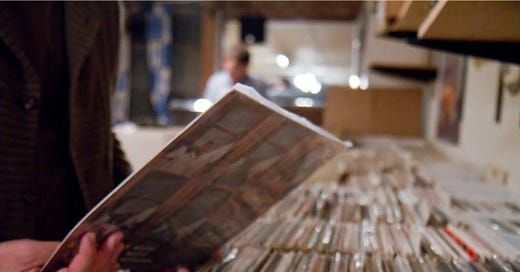The Long, Twisting Tale of Two Farm Boys Who Finally Got Their Big Break
A third-generation logger and his wife risked their land so their sons could pursue their music dreams. The brothers made an album almost no one heard—until their genius was discovered decades later.
Some years back, an unusual and astonishing album began circulating among record collectors and fans of lo-fi music. Will Louviere was one of the first to hear it. A Bay Area vinyl dealer, Louviere is an authority on private-press LPs from the 1960s and 1970s—records self-produced and released by amateur musicians and destined, in most cases, for the bins of thrift stores and flea markets. In a year, Louviere and his fellow collectors between them might buy one thousand of these obscure albums. Of those, maybe ten would be artistically interesting. Maybe one would astonish.
This record had been sent to Louviere by a collector, but still, his expectations weren’t high. The group was a duo, Donnie and Joe Emerson. The cover featured a studio portrait of them: teenagers with feathered brown hair, faces dappled with acne, sincere eyes meeting the camera. They were posed against the swirly blue backdrop you’d see in a school photo, with the album’s t…
Keep reading with a 7-day free trial
Subscribe to Narratively to keep reading this post and get 7 days of free access to the full post archives.




